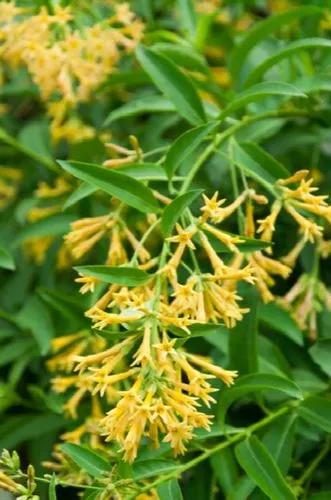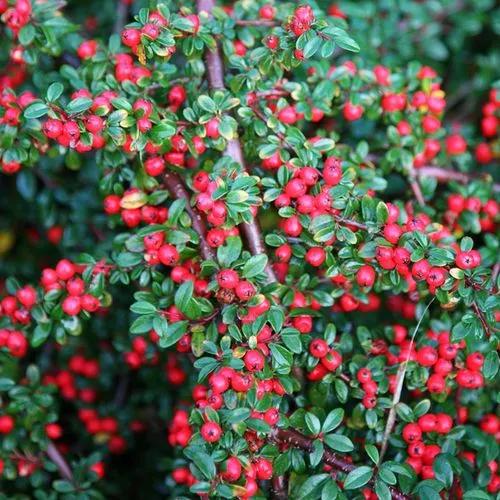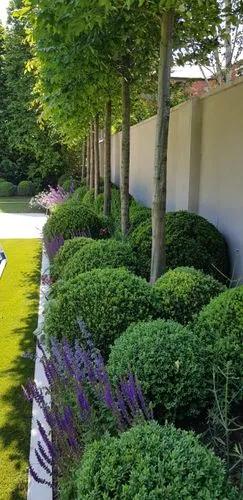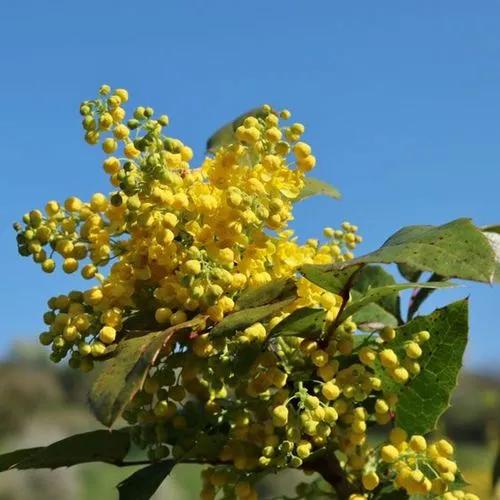Betula occidentalis (Water Birch) is a species in the Betulaceae family native to western North America. In California its distribution is somewhat patchy, being found in the southern Sierras, Siskiyu and Modoc counties. It typically occurs along streams in mountainous regions from 2,000 ft. to over 11,000 ft. It is a deciduous shrub or small tree growing to 10 meter high, usually with multiple trunks. The bark is dark red-brown to blackish, and smooth but not exfoliating. The twigs are smooth or thinly hairy and have prominent resinous glands but are odorless when scraped. The leaves are alternate, ovate to rhombic, 1-7 centimeter long and 1-4.5 centimeter broad, with a serrated margin and two to six pairs of veins, and a short petiole up to 1.5 centimeter long. The flowers are wind-pollinated catkins 2-4 centimeter long, the male catkins pendulous, the female catkins erect. The fruit is 2-3 centimeter long and 8-15 millimeter broad, composed of numerous tiny winged seeds packed between the catkin leafs. It is amenable to garden conditions and can be used outside its range in the wild. It has good fall color especially where fall weather is colder.
Water Birch Care
Betula Occidentalis
Other names: +



Betula occidentalis, the water birch or red birch, is a species of birch native to western North America, in Canada from Yukon east to western Ontario and southwards, and in the United States from eastern Washington east to western North Dakota,[citation needed] and south to eastern California, northern Arizona and northern New Mexico, and southwestern Alaska. It typically occurs along streams in mountainous regions. Betula occidentalis trunk (bark) along the Columbia River, Colockum Wildlife Area, Chelan County Washington It is a deciduous shrub or small tree growing to 10 m (33 ft) high, usually with multiple trunks. The bark is dark red-brown to blackish, and smooth but not exfoliating. The twigs are glabrous or thinly hairy, and odorless when scraped. The leaves are alternate, ovate to rhombic, 1–7 cm (0.39–2.76 in) long and 1–4.5 cm (0.39–1.77 in) broad, with a serrated margin and two to six pairs of veins, and a short petiole up to 1.5 cm (0.59 in) long. The flowers are wind-pollinated catkins 2–4 cm (0.79–1.57 in) long, the male catkins pendulous, the female catkins erect. The fruit is 2–3 cm (0.79–1.18 in) long and 8–15 mm (0.31–0.59 in) broad, composed of numerous tiny winged seeds packed between the catkin bracts. The identity of similar birches in Alaska is disputed; some include them in B. occidentalis, while others regard them as hybrids between Betula neoalaskana and Betula glandulosa. Some Plateau Indian tribes used water birch to treat pimples and sores. The foliage is browsed by sheep and goats. It has a strong tendency to epicormic growth resulting in a habit of many small limbs sprouting from the trunk causing the wood to be full of small knots.
How to Care for the Plant

Popularity

65 people already have this plant 3 people have added this plant to their wishlists
Discover more plants with the list below
Popular articles






